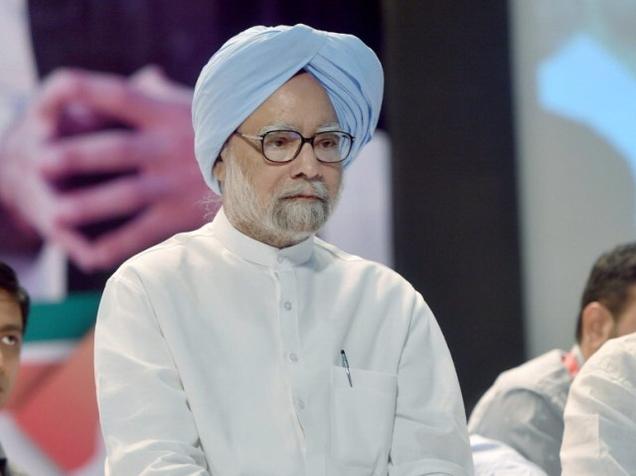
UPA set manufacturing job growth record
Jobs growth recovered in India in 2003-04 and since then it has been growing at an impressive rate of around 7 per cent a year.
In what would seem to be a counter-intuitive finding, new research has shown that the years from 2003-04 to 2011-12, when the Manmohan Singh government had been in power in two terms since assuming office in 2004, had been the golden phase of manufacturing employment growth in Independent India.
Job generation in the manufacturing sector rose almost 7 per cent on an average year after year during the period, an analysis by Pankaj Vashisht, researcher, Indian Council for Research on International Economic Relations, has found.
Manufacturing employment growth has been of intense debate in India. The “dismal record” of Dr. Singh’s government was one of the central themes of Prime Minister Narendra Modi’s campaign during the Lok Sabha election in 2014. In his maiden Independence Day address last year, Mr. Modi announced the “Make in India” initiative to unleash India’s manufacturing prowess with the promise of factory jobs for poorly paid farm labourers and the unemployed.
Mr. Vashisht’s analysis is based on data from the Annual Survey of Industry published by the Central Statistics Office.
The analysis found that manufacturing employment witnessed healthy growth during the 1970s when it grew at an annual rate of 4.6 per cent. The growth lost momentum and remained stagnant in the 1980s. It was Dr. Singh as Finance Minister in the P.V. Narasimha Rao government who introduced in the 1990s a set of economic reforms aimed at reviving employment growth in the organised manufacturing sector.
From 1997-98 to 2003-04, employment in the organised manufacturing sector declined at an annual rate of 1.85 per cent. Jobs growth recovered in 2003-04 and since then, during the Manmohan Singh years, it has been growing at an impressive rate of around 7 per cent a year, shows an analysis by Pankaj Vashisht, researcher, Indian Council for Research on International Economic Relations.
In the post-reform period, the analysis shows, overall employment grew but without any consistent trend. Growth was respectable during the first half of the 1990s, when it grew at an annual rate of 2.91 per cent, turned negative in 1997-98 with the downturn becoming more pronounced on the removal of quantitative restrictions on the imports of consumer goods.
During the entire 22 years of the post-reform period, increase in labour productivity achieved with, among other factors, the introduction of new technologies destroyed more than 11.8 million jobs.
Openness to trade led to creation of new jobs, but imports-induced jobs replacement was also pronounced.
For instance, the analysis also found that while Indian exports to China have created only 85,000 jobs, imports from the neighbour have replaced more than half a million jobs.
In the last 22 years, growth in exports has created more than 3.7 million jobs in Indian manufacturing. The increase in import penetration, in this post-reform period, replaced around 1.4 million jobs.
Please confirm If you want to unregister
You have been unregistered from gradlink








